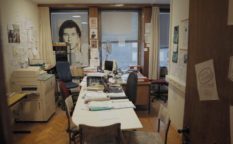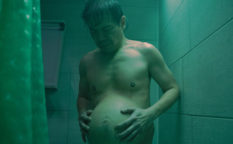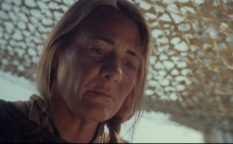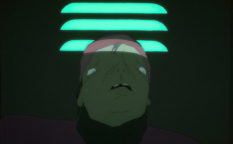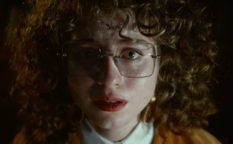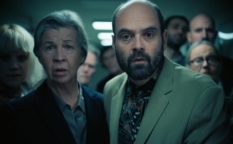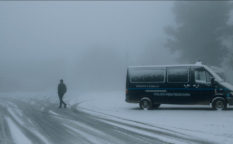Peter Tscherkassky’s layered cinema of experimentation
European Film Festival Palic
Peter Tscherkassky’s Retrospective
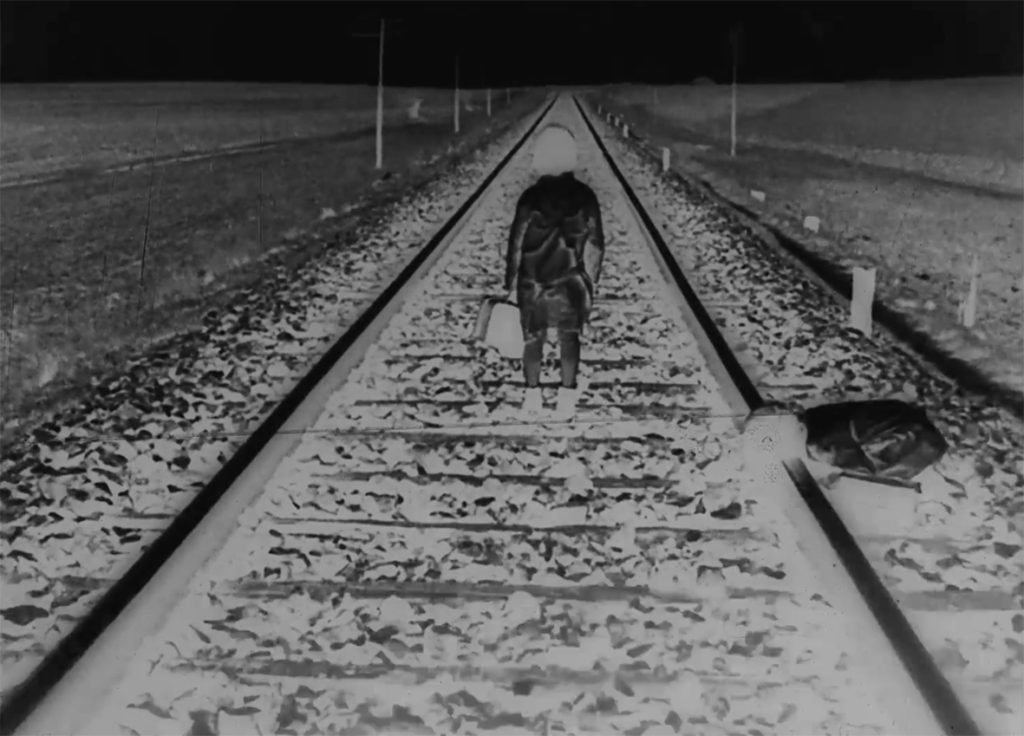
“Cinema is a social contract. We, as a society, decide to arrive at a certain time and place, and then go inside the cinema. We don’t eat, we don’t talk, we don’t use our cellphones, and we have an experience which can be very physical, and cannot be reproduced on the TV set”. With those words, Peter Tscherkassky, recipient of the Underground Spirit Award at the 32nd Palić European Film Festival, summarised his first screening block with his retrospectives. It could not be said better. While sitting in the audience in a dark room, with 24 flickering frames per second, the last thing one can think about is taking out a phone or even turning away one’s gaze.
Peter Tscherkassky is an Austrian filmmaker who specialises in found-footage experimental cinema, meticulously crafted by hand, frame by frame, in a darkroom. For the first screening block, five of his best-known films were presented, hypnotising the audience with his flashing sequences and inviting them on a journey through film history and visual experience.
The block begins with the second part of the so-called Cinemascope Trilogy, “Outer Space” (1999), which is composed of found-footage reels from Sidney J. Furie’s 1982 horror film, “The Entity”. In the original version, Barbara Hershey plays a traumatised woman who has been raped by an invisible assailant, yet Tscherkassky creates something completely different. By transfiguring and reconstructing the reels, changing them into negatives, and layering frame by frame, he constructs his own story, which seems incomprehensible, but with its white glints brings to mind an atomic explosion – something far different from the original plot.
Nonetheless, its follow-up, “Dreamwork” (2001), despite using the same source material as the previous film, does not differ that much from the original plot, and the actual story of sexual assault is clearly visible. Yet, as if focusing more on taking its viewers into the land of dreams, Tscherkassky puts emphasis on the sound, using music by Kiawesh Saheb Nassegh and the quickly fastening ticking of the clock.
In his next film, “Instructions for a Light and Sound Machine” (2005), he revisits the Western classic by Sergio Leone, “The Good, The Bad and The Ugly” (1966). It opens simply: a man peers through a monocular at passing cowboys, and by using the Kuleshov effect and shot-reverse-shot, the viewer learns more and more about what is happening in the Wild West.
The first instalment of the Cinemascope Trilogy, “L’Arrivée” (1998), is a three-minute modification of Lumière Brothers’ “L’Arrivée d’un train en gare de La Ciotat” (1896) and Terence Young’s “Mayerling” (1986). What Tscherkassky is doing in this short is layering not only his own stories with film history, but also a physical cinema, which is directly connected to the people sitting in the audience and experiencing films. Thus, just as the train arrives, so does the film itself.
This retrospective ends with a story about the Industrial Revolution. His newest film, from 2021, “Train Again”, is a skillfully crafted masterpiece of found footage featuring trains, spanning the entirety of film history from its inception to the present day. The opening sequence of children setting up chairs in front of the big screen and preparing for a screening may remind one of the Lumiere Brothers’ first film, when the audience, in anticipation, watched it in the Salon Indien du Grand Cafe in Paris. The race between horses and locomotives begins, and with rapidly changing frames, the final outcome is easy to foresee. Native Americans on horses lose their battle against the steam machines. Yet that is only the beginning, as the train’s history has just started, and for the next fifteen or so minutes, the viewers can discover the history of the train’s evolution, which ends with drastic crashes.
What is worth mentioning is the collaboration with composer Dirk Shaefer. His oeuvres of “noise and sounds”, brings to mind John Cage’s music from his Fluxus period. Playing with the tunes, Tscherkassky compares the camera shooting to the guns (“Instructions for a Light and Sound Machine”), and the sound of the changing frames in the old film projector to the riding train (“Train Again”). The dynamic music only enhances the rhythm of the chaotic narrative, making it more understandable and pleasant to experience.
The first block, which featured Tscherkassky’s most well-known works, all created using the cinemascope technique, concludes after just an hour. The final revelation that each frame was rephotographed using a Japanese analogue camera shocks. But no more than the movies themselves. When the final credits roll and the room is once again filled with light, the flickering frames are as if etched into viewers’ minds, and certainly they will stay there, urging them to seek out more of Tscherkassky’s films in the following days.

